Final Fantasy VII Rebirth Review
@Qurupeke • 26-04-2024
An epic journey across the Planet, packed with content and emotional character moments.
| Platforms: | PS5 |
| Version Tested: | PS5 |
| Publisher: | Square Enix |
| Developer : | Square Enix |
| Release Date : | 2024-02-29 |
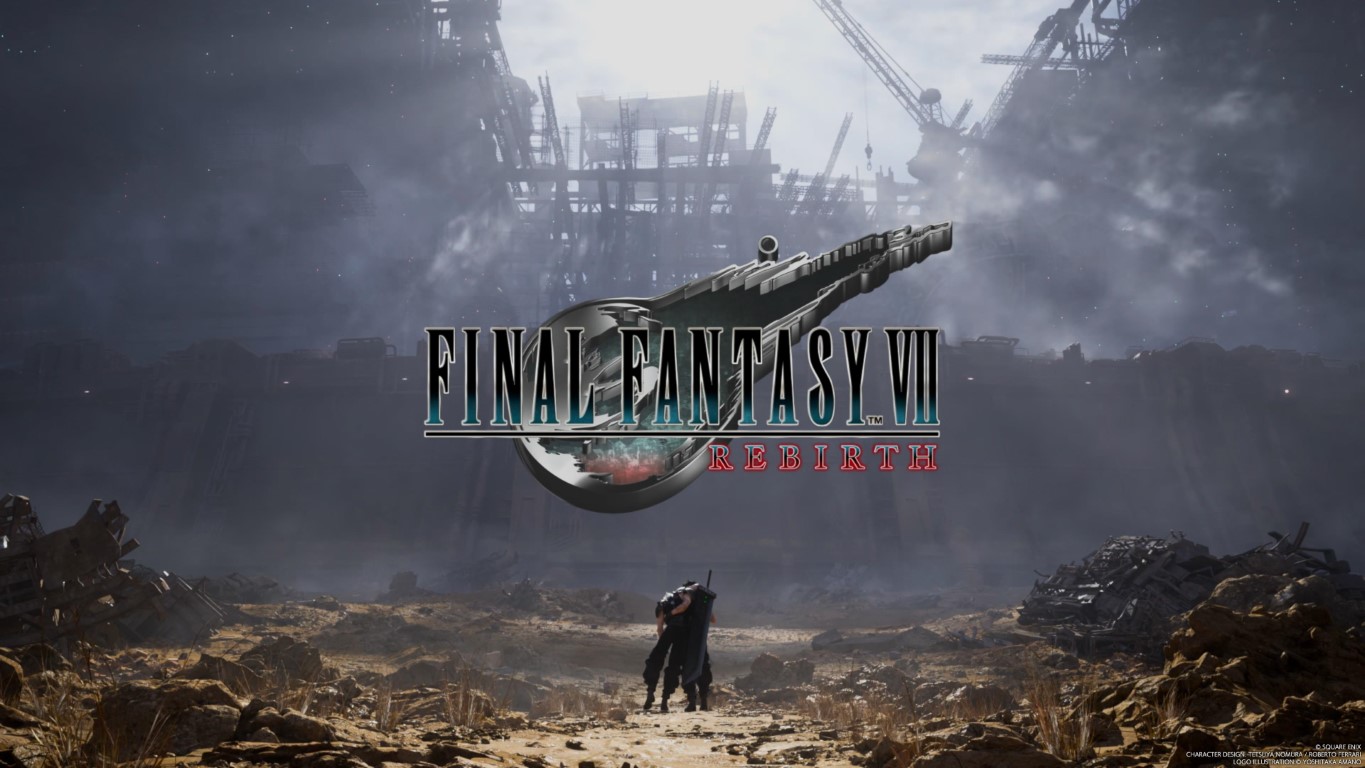
The story of a love that can never be and hate that always was
Final Fantasy VII marked a significant milestone for gaming in 1997. Not only did it become a huge success and reinvigorated interest in the genre worldwide, but it also proved to be one of the most influential titles in the gaming landscape, with its influence reaching even today. From memorable character designs like Cloud and his Buster sword to the depth of its storylines and its numerous iconic moments, it is an unforgettable experience for everyone who goes through it. Even today, it remains one of the most beloved games out there.
Square Enix could not let that stop with the release of a single game, and so, in the upcoming years, there was an influx of games and other media under the Compilation of Final Fantasy VII label, creating an expanded world around it. Suffice it to say the quality of most of those works wasn’t even close to the original. They failed to become a big success, but at the very least, they perpetuated the legacy of the original title.
After a long cycle of anticipation and radio silence due to development issues, Square Enix finally released Final Fantasy VII Remake, which was the pinnacle of their attempts to expand the FFVII universe and the start of a very ambitious project. Over three installments, each one a complete game, their intention isn’t simply to create a retelling of the original with revamped graphics and gameplay. The Remake project is a reimagining of FFVII, with a lot of new insight, several key differences, and some completely new parts.
Final Fantasy VII Rebirth is the second installment of this project, with an expansive and open world this time. It shares its structure with its predecessor, but the large world diverges from the much more linear Remake. Furthermore, based on the feedback they received from the first one, they tweaked or doubled down on several aspects of it, and the result is a simply phenomenal game, but let us delve a bit deeper into it.
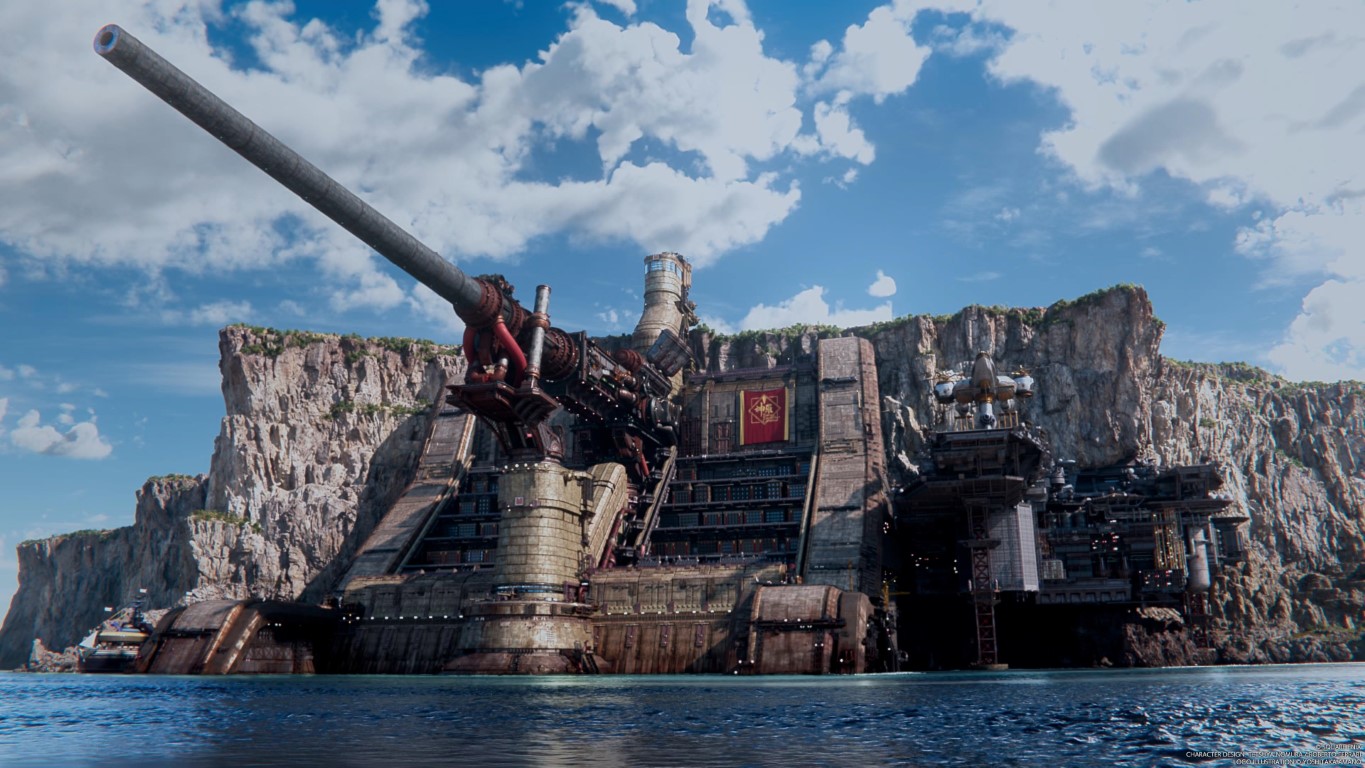
Road trip across the Planet
The game starts with the departure of Cloud and his company from the city of Midgar as they continue their search for Sephiroth, this time around the planet instead of the city's confines. They visit several open regions and cities or towns, each with its own galore of activities. Cloud, Tifa, Barret, Aerith, and Red XIII are available from the start, with Yuffie and Cait Sith available later. The whole party is available for most of the game, with required members or formations being part of some story parts.
The game’s structure feels very beneficial to its pacing. While it’s a long JRPG, partly due to the amount of its side content, I think it applies the principles of “Plan your own adventure” really well most of the time. It’s not an open-world game per se. Instead, the open-world sections are part of a bigger game that contains the critical path and tons of mini-games and combat simulators with their own rules. The critical path follows the same structure as most of Remake, with linear, dungeon-like sections. The player can easily ignore a lot of that or focus on a specific goal, even though the game will try to show off as much as possible.
The linear dungeons usually last a couple of hours, and appear once or twice per chapter, and this is where most of the story takes place, along with the boss battles. For the most part, there are no significant changes compared to Remake, and battles hit the same peaks as before. However, perhaps due to the difference in pacing between games, it felt like those moments would often lack the sheer impact I remember. There are many different ways to spend your time in a chapter, and some parts feel less memorable.
The open-world sections feature a nice variety of environments and are a more interactive way to explore some of the iconic locations from the series. While they start simple, with the grasslands around Midgar and Calm, later sections feature much more diverse topography and gimmicks that make navigation more engaging, like steep deserts or dense jungles. Chobocos are the usual transportation mode around them, but each region has a unique species that adds a twist, like being able to climb walls or even fly short distances with the help of currents.
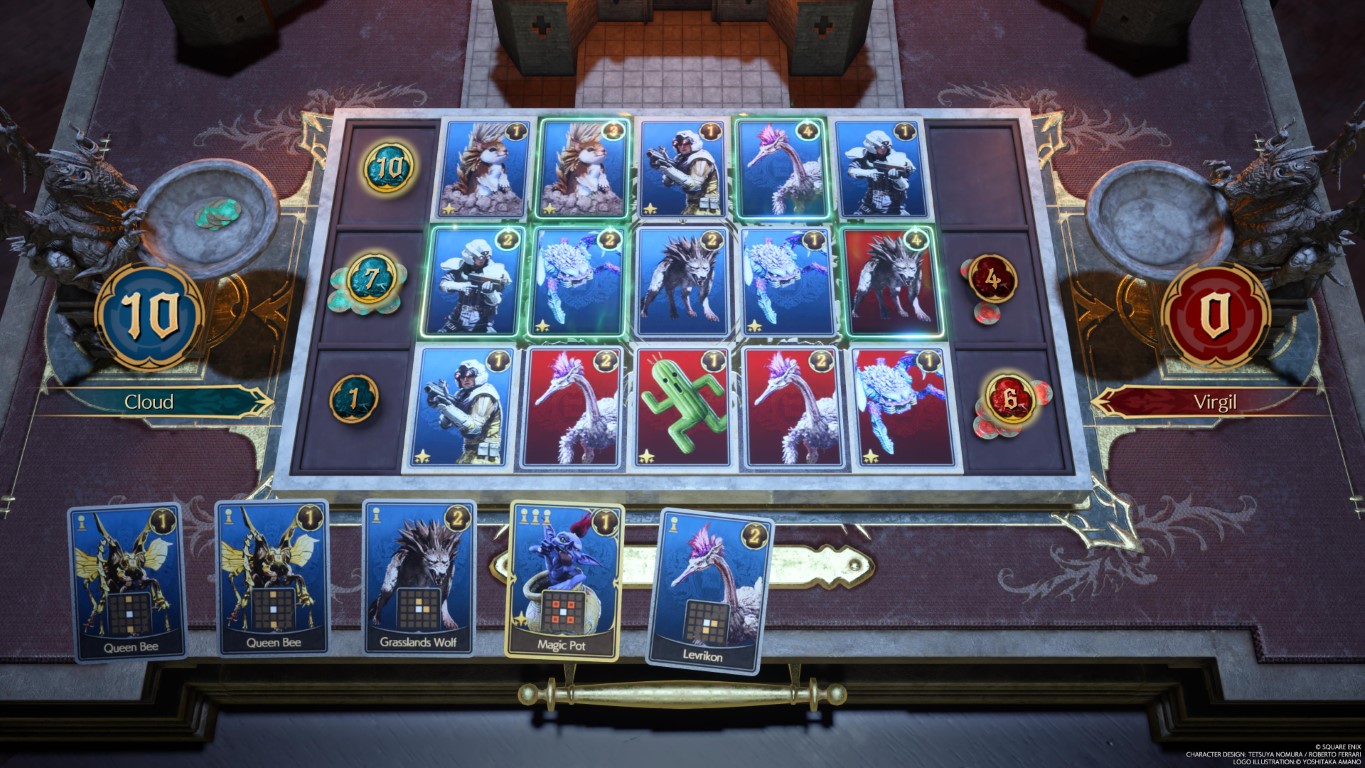
Welcome to the Golden Saucer
Regions and cities are very dense on the one hand, and you will always find something of interest in a given area, but on the other hand, outside of the marked activities and random enemies, the ways you can interact with the world are limited. That said, the amount of detail, especially in cities, is astounding, and even just strolling around them to see what NPCs are doing is very much worth it.
The first set of activities in a region is what you usually do in an open-world game, for example, finding a tower that offers a better grasp of the area or a crystal cache to get more intel about the world. That said, those typically don’t take too long to complete. As you progress, you unlock sidequests and the Protorelics, which offer unique gameplay, activities, and mini-games. Protorelics have an overarching story separate from the critical path, which is worth exploring as it eventually leads to the game’s super boss.
Square Enix likely saw the success and the viral potential of some of the side activities in Remake or previous Final Fantasy games, and they didn’t simply double down on them in Rebirth but probably tripled down. A card collecting game with an intriguing story, Mario Kart-like Chocobo races, a piano rhythm game, a polygonal fighting game, and Tifa doing pull-ups are just a small fraction of a couple of dozens of unique activities you’ll find in Rebirth. Each one of these activities has unique mechanics, that shift the genre of the game completely.
There’s a delicate balance between them becoming frustrating and being enjoyable. I’m sure some people are bound to get distracted from them as well. That said, I respect the effort they put into making them feel unique and fully fleshed out, I find them a great way to complement the other parts of the game, which are more traditional. They are a breath of fresh area not just in this game, but the industry in general as well.
The side quests are one of the areas that improved since the first game, and most of them are my gold standard. Like the mini-games, they have unique gameplay mechanisms attached to them, the rewards usually are worthwhile, and the stories have a lot of meat this time. They not only expand the lore of each region, but they also add a little bit of characterization to a party member, either it’s through funny interactions or some incident that makes them open up. Every single one of them is worth doing, adding to the pile of worthwhile activities of Rebirth.
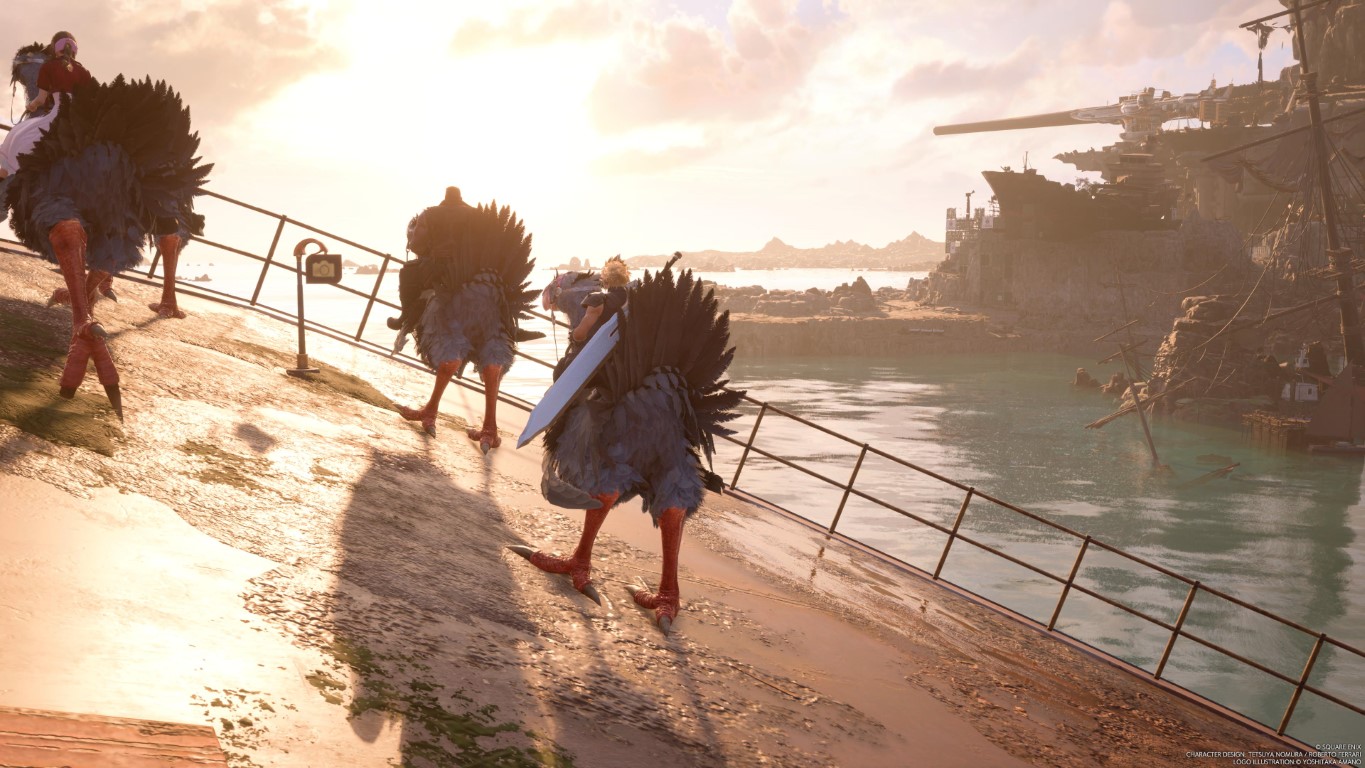
Homecoming
Rebirth is very character-oriented in ways that surpass even the original game. And that’s from a gameplay perspective too, as it has a relationship system where you raise your bond by doing side quests or interacting with your party. From a narrative point, there’s a bigger focus on who each party member is, where they come from, how they interact with each other, and what kind of trauma they have due to their past. This is by far the greatest strength of the game.
It’s not unusual to find animated scenarios that feel completely irrelevant to the plot but add cute interactions between the party members, outside of what each character feels about Cloud. Barret and Nanaki get plenty of time together and their relationship has a visible change. Aerith and Tifa have an actual friendly relationship, and they often interact with each other. Yuffie brings a lot of changes to the dynamics of the party as well, whether it is with Barret, Aerith, or Cloud. The party has a family-like structure that you might often see in such stories, but I would argue that it rarely succeeds in the way it does for Rebirth. Furthermore, partly thanks to the fantastic structure of the original game, traveling the world and visiting all these places that are important to the party is a great opportunity for all of the above to come into play.
As for the rest of the cast, while nobody shines as much as the main stars, I was surprised with how well they implement in the story some of the characters introduced in the first game, even if I initially didn’t have strong feelings towards them. I get a sense of continuity, and I was glad to see them having a much more active presence in the story. In general, I feel Rebirth does a fantastic job of making all the parts that might have felt extraneous sticking more organically with the rest of the story, even if that happens at the cost of its conciseness.
While Remake was kind of its own thing, a self-contained story in Midgar, Rebirth is a completely different beast. For better or worse, it is cursed with being the middle game of a trilogy. Its role is to not only continue the story from where it was left but also build towards the final entry. As a result, other than the large amount of character work it successfully does, it needs to create a grip for the promised conclusion of this epic journey. Without delving into spoiler territories too much, this is probably one of the things that it does so with less success.
There’s a constant existential question regarding Rebirth, introduced by its predecessor’s finale: does it diverge compared to the original? The answer is yes, but there are a lot of unanswered questions, that can only be answered by the eventual third part of the trilogy. That said, there are a lot of unknown factors, and for now, my impression is that while the details or the characterization might differ a lot, and even the plot is seemingly going different ways, I can’t say with certainty that the final result won’t be the same game as before, taking a much longer route to reach the same destination.
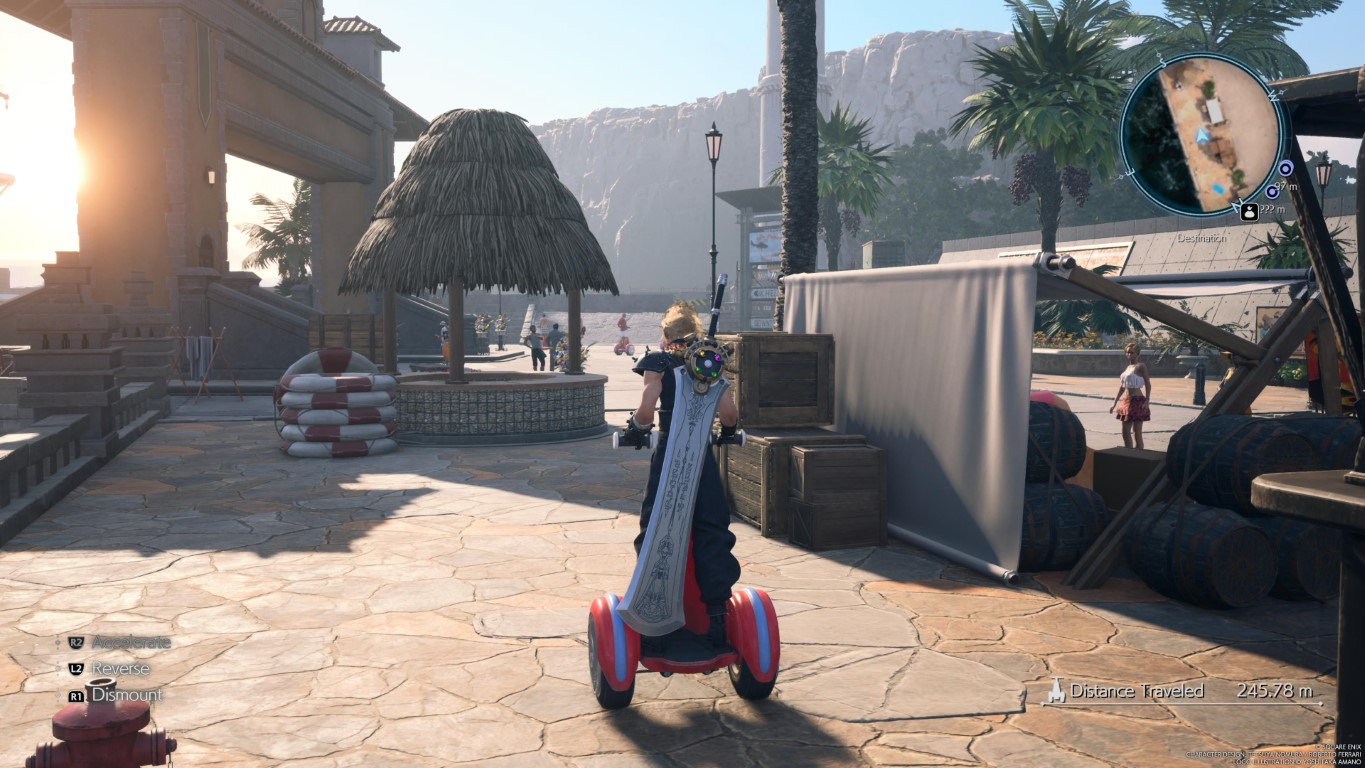
My precious materia, where are you?
Rebirth didn’t revolutionize the gameplay compared to Remake, but there are some key differences that, amusingly, have to do with party interactions. Similarly to before, it employs the Active Time Battle system, a hybrid of action and tactical gameplay, with options to go for full-on action or tactics as well. Of course, mechanics like Pressure and Stagger also return. Materia and equipment are the main ways to customize the party members, and while you don’t need to mess around with them a lot for the main story, it is an absolute necessity for some of the hard content, like the Hard Mode or the bulk of the battle simulators.
Synergy skills and abilities are the main new mechanic, a system that was introduced in INTERmission Yuffie but on a smaller scale. It’s not only thematically fitting, but it enhances the array of options you have in several key moments of a battle, like while blocking, while changing characters mid-fight, and while trying to build up pressure or finish off a staggered opponent. For both of them, you partner with a team member and execute either a small action or a big ability with various positive effects. Skills are used on the fly, but abilities require coordination and use of both of the participating characters and even backup members under the right circumstances.
On the downside, the weapon upgrade system and the acquisition of skills and abilities have been streamlined, offering little incentive for players to interact with them. While materias are more than enough to satisfy everyone who enjoys customization, it might disappoint those who appreciated similar systems in the series’ past. However, as an action and narrative game first and foremost, it benefits from as little menu interactions as possible.
As for the characters, once again there is considerable effort in making each one feel unique and with an arsenal of mechanics and abilities. The original cast and Yuffie are still very fun, and get several new abilities to play around with. I especially had fun with Aerith’s kit this time. On the new additions, Nanaki focuses on defense and parries to power up and even self-heal, while Cait Sith makes use of his moogle companion to execute different kinds of attacks. There are also some special guest characters, that despite appearing briefly, have their kits as well, making me applaud the game’s attention to detail once more.
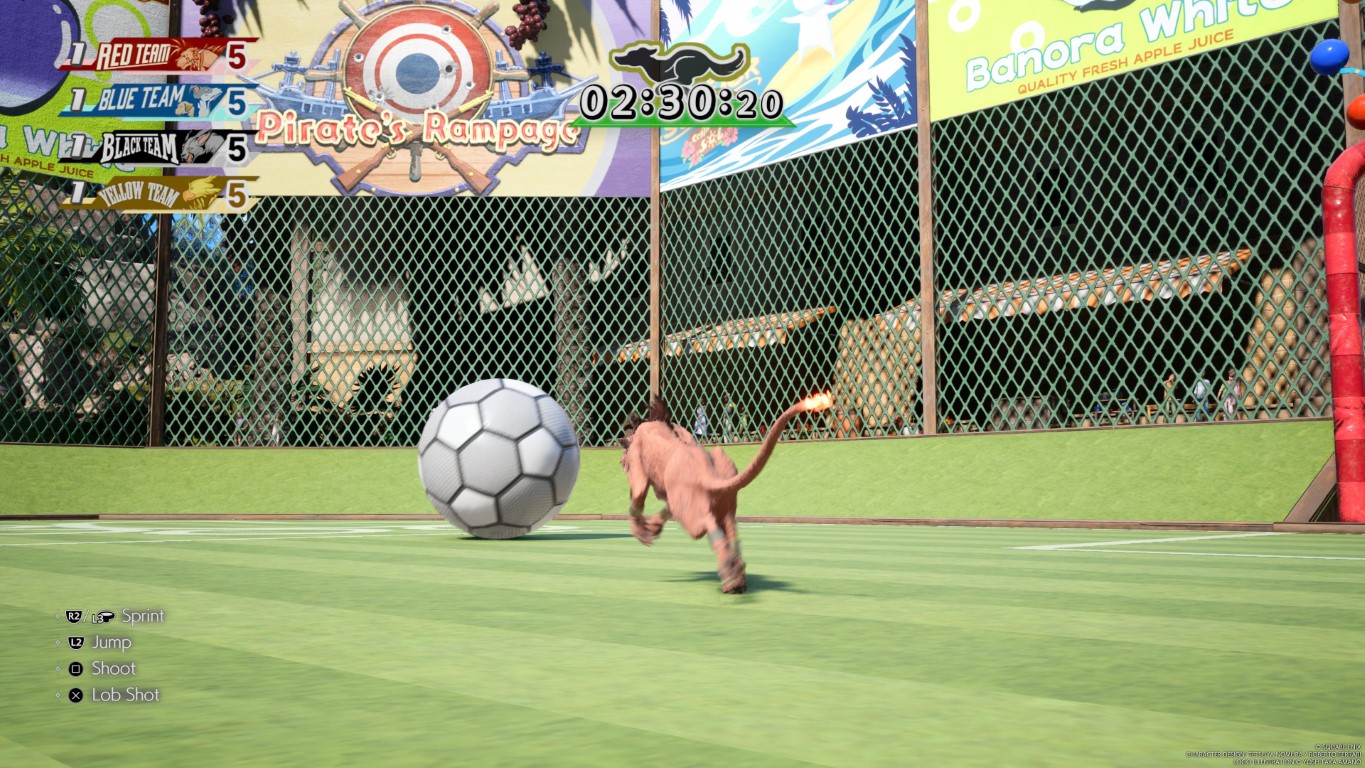
Bow-wow-wow
Maybe it shouldn’t come as a surprise, but another strong point of Rebirth is its OST, and like the game itself it is huge. Regions have their battle themes and characters have several different themes and remixes. Rebirth aims to have unique tones for everything, and there’s a lot of effort in matching the mood of a battle or the atmosphere of an area. From the sounds of the sunny Costa del Sol and the upbeat battle theme of Corel to the haunting themes of some endgame boss fights, there is much to like in its variety. The OST also contains a lot of mini-game songs and songs that were featured in side quests, and these are some of the catchiest ones.
On the technical side, I played through the game on Graphics mode, and while it had steady 30 fps performance for the most part, it felt like image quality had its dips. Performance mode was even more disappointing regarding image quality, where those dips became even more noticeable. Furthermore, while I didn’t encounter any major bugs, there were a lot of visual bugs, with textures being slow to load, and even when they did, their quality could be low.
It’s an impressively big game, so this sort of compromise isn’t unheard of, but considering that the previous game faced similar issues in worse hardware, it’s certainly something I hope that the last entry can finally address. On the bright side, despite the constant need for fast traveling or the various changes of regions, loading screens are almost non-existent, either due to fast load times or due to the seamless world design. A lot of the annoying transitions between places from the first game are either gone or have become significantly faster and much less of an annoyance.

Conclusion
Final Fantasy VII Rebirth is truly a marvelous achievement, as is the ambitious project it belongs to. The already great cast feels better than ever before and the enormous world is full of unique and fun activities. The story is excellent with many high points, and while the finale is inconclusive, it gives a lot of food for thought regarding the next game. I believe that despite some minor faults, this is the pinnacle of an open-world, character-driven JRPG, and a truly enjoyable game, with a great OST to boot. Even if someone wasn’t a fan of FFVII Remake, I think this game does a very good job addressing some of its issues. It took me around 130 hours to finish the first playthrough and complete its side content. Highly recommended to fans of an action-packed game or an epic story and to those who love mini-games.
About the Author
@Qurupeke
I play games. My favorite genres are action and turn-based RPGs, and VN/Adventure games, and I'm a fan of a lot of Japanese game series.